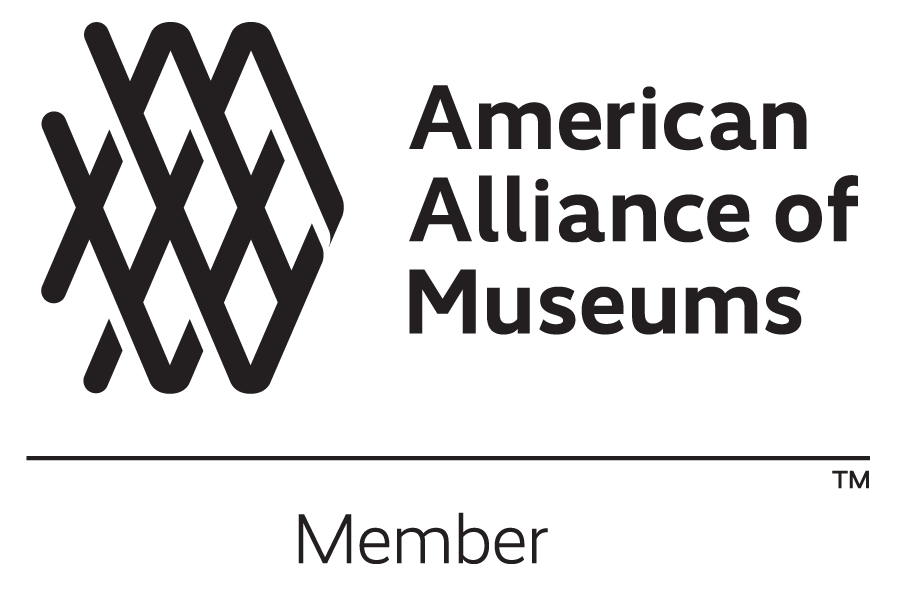Black Regimental Flags
First Rhode Island Regiment
In 1778, the First Rhode Island Assembly resolved to raise a regiment comprised of enslaved men to fill their depleted ranks during the Revolutionary War. In addition, the Assembly granted the men their freedom at the end of the war. Rhode Island reimbursed the enslavers for the value of their formerly enslaved man, which was common practice throughout the colonies during the war. Between February and June 1778, more than 140 men were enlisted to be part of the First Rhode Island Regiment.
The First Rhode Island Regiment was the Continental Army's only segregated unit with Black soldiers and white commanding officers. The rest of the army had fully integrated regiments where they fought, drilled, marched, ate, and slept together.
On July 6, 1778, Colonel Christopher Greene held his regiment's first muster. Very few formerly enslaved men had experience handling muskets or any other weapon. Nevertheless, after only six weeks of training, the regiment joined American and French troops to drive the British out of Newport at the Battle of Rhode Island. In September 1781, the Rhode Island regiment marched with General Washington to encircle the British at Yorktown. The Rhode Islanders joined the Second and Fourth Connecticut Regiments and formed a brigade under Colonel Herman Swift's command. They participated in several attacks and counterattacks and then proudly stood in formation with other Continental army units when the British marched out of their defenses to surrender on October 19, 1781.
Bucks of Massachusetts
During the Revolutionary War, each state individually determined whether to allow freed and enslaved men to enlist in the Continental Army. In Massachusetts, Black soldiers were allowed to join militias and units, like the Bucks, the only all-Black militia company during the Revolutionary War. Also referred to as "the protectors," the unit is believed to have acted as an auxiliary police and security service in Boston. Unfortunately, there is minimal surviving documentation about the Bucks, including military records of their formation and disbandment. It is unclear whether or not they saw direct conflict against the British.
Colonel George Middleton is the only member of the Bucks to be known by name. Middleton was a leading community activist in Boston after the Revolutionary War. In 1796, he founded the African Benevolent Society, which provided relief to citizens looking for financial aid or other assistance, like job placement, in their communities. Middleton was a respected civil rights activist in Boston in the years leading up to the revolution. And in 1809, he was appointed as the Grand Master of the Prince Hall African Lodge of Freemasons in the post-revolutionary era. Today, Middleton's House is the oldest extant home in Beacon Hill and part of the Boston African American National Historic Site.







